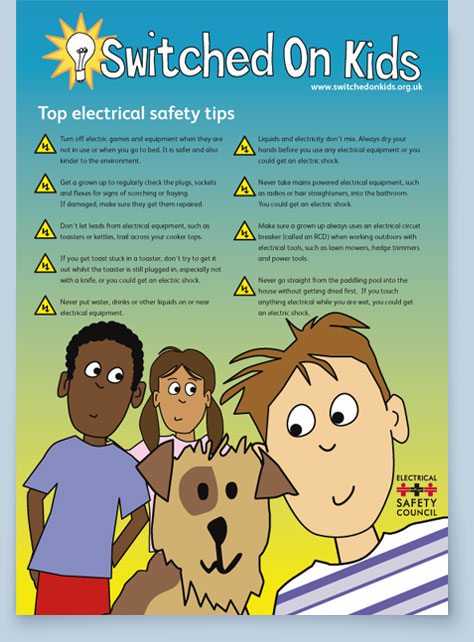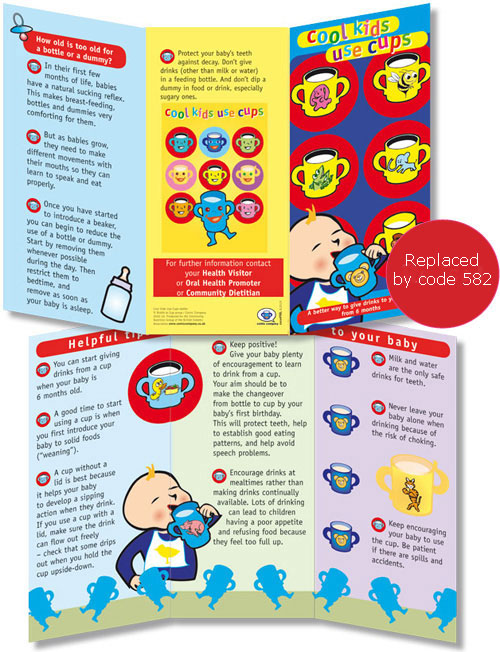Following on form the idea of using animal's characters in my leaflet, I have decided to create an cartoon and colourful illustration of an owl. I thought of a few ways of designing my leaflet. I have done couple of sketches:
My first initial idea contains an illustration of an owl on the front page of my leaflet. An owl would hold a leaflet, so children could open it. The second idea is of an own with a life buoy. The use of a life buoy suggest 'safety', but I think the use of it would be successful while doing a leaflet about water dangerous for children. Moreover, I have made couple of simple bullet points for children. Next to it I have created an illustration of an owl sitting on the bunch of tree, next to her you can see speech clouds where I will put my short sentences how to be safe. Under it I thought about creating an illustration of a stranger trying to encourage a little child to follow him. The inspiration for those design I took from the leaflets which I have found for my research.

My next sketches shows an owl under the umbrella which I thought the umbrella may suggest 'safety'. The second image shows an owl with question mark next it. I have used an owl in my designing as those animal symbolise the protection and smartness. Also the use of animal's character will catch little children's attention.
Leaflet Folding
- The size of the leaflet would be A5 format because its aiming for little children aged 6-10.
- The quality of the paper would be very thin and cheap as children would probably destroy the leaflet after using it.
- I would use soft, shiny paper to make the colours bright.
My first idea for leaflet folding is to make a leaflet in a shape of an owl with 2 pages only.
The would be small A5 format. On the front page I will create a colourful illustration of an owl. Inside the leaflet I would put some illustrations with short sentences to warn children about danger.
I have played with different designs of folding because I wasn't quite sure which of them
would be the best one to do. As I wanted to create a small leaflet looking like a booklet
containing 6 pages I have looked at creating the leaflet with lots of pages. I will use the
last idea of creating a leaflet in a form of small book as I believe is the most appropriate one
to use. I havn't chose the first idea as it is limiting me to the number of the pages. Also using
the first idea, pages should be very squeezed.
First idea:
Second idea:

























































